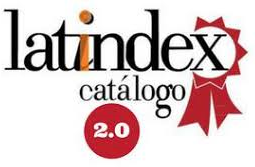Adopting Learning Strategies for English Language Acquisition on Secondary Level Students
DOI:
https://doi.org/10.47750/jett.2022.13.06.059Keywords:
Cognitive strategy, language acquisition, language teaching, learning strategies, secondary school studentsAbstract
The purpose of this study is to analyze and research language acquisition strategies on high-achieving secondary level students, focusing on the types of strategies that are frequently used in learning, in order to incorporate them into the language learning process and achieve successful learning. In this study, 50 high-achieving secondary level students at the Secondary School level in Uttar Pradesh, India were chosen. A qualitative technique with descriptive analysis was used. The Stratified Random Sampling Technique was used to choose the sample for this study, which took into account students’ test scores and language teacher recommendations. Interviews, questionnaires, and documentation were used to gather data for this study. In high-achieving students, indirect tactics such as metacognitive strategy (48.1%) and Cognitive strategy (42.6%) dominated language acquisition strategies, according to the findings of this study. It directs that high-achieving students can master language acquisition strategies by managing their time well, giving attention to activities for language learning, enrolling in appropriate course, and managing appropriate leaning environment with friends and family. Social strategy (41.4%), emotive (28.5%), and memory (27.4%) are the next most popular tactics.








